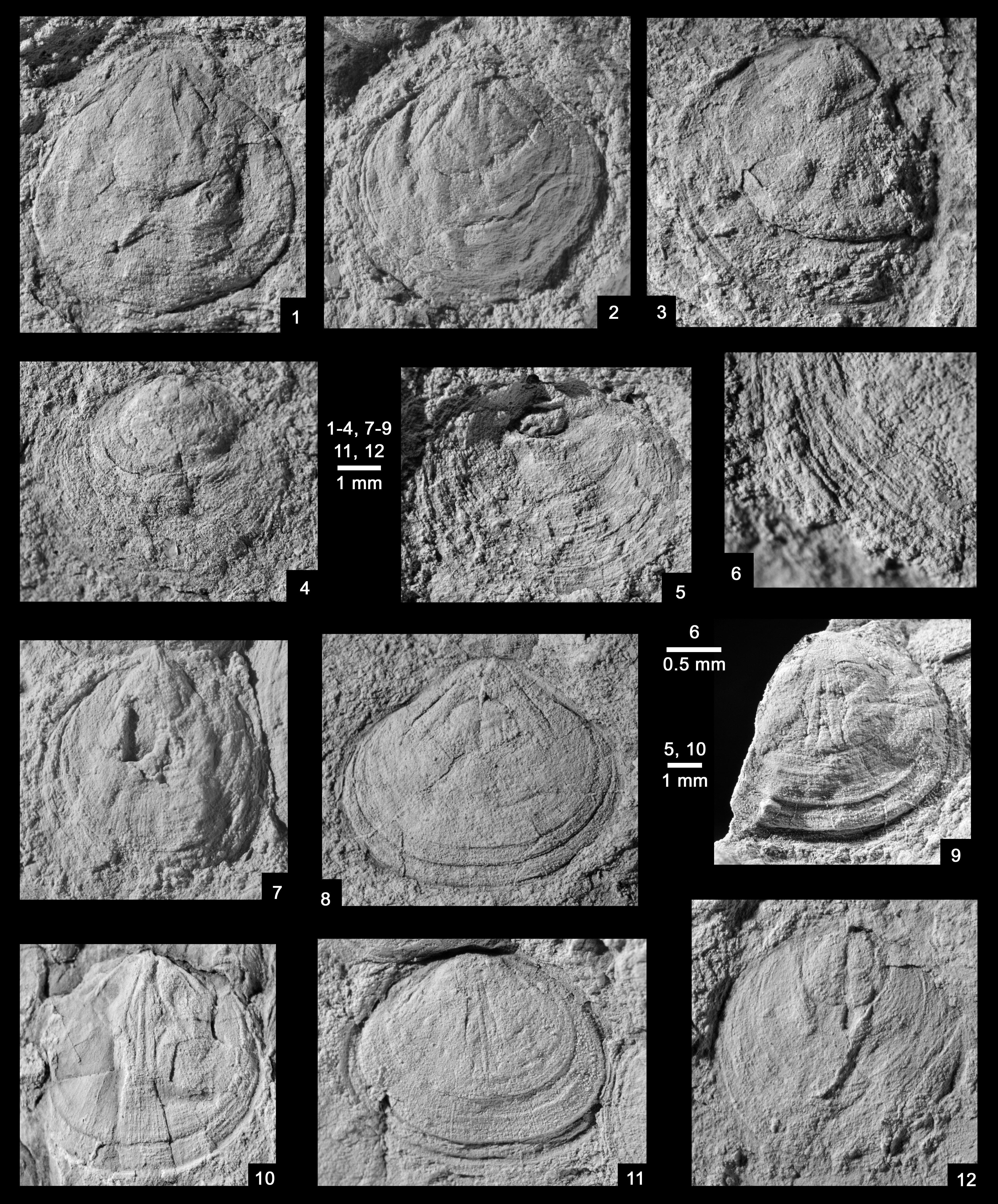NEW LINGULIFORMEAN BRACHIOPODS FROM THE LOWER TREMADOCIAN (ORDOVICIAN) OF THE BRABANT MASSIF, BELGIUM, WITH COMMENTS ON CONTEMPORANEOUS FAUNAS FROM THE STAVELOT–VENN MASSIF
DOI:
https://doi.org/10.13130/2039-4942/15793Keywords:
Brachiopoda; Avalonia; Chevlipont Formation; low diversity; palaeogeographyAbstract
Lower Ordovician brachiopod macrofaunas in Belgium (Avalonia) are seldom collected and studied due to the poor preservation of material. Here we describe a new fauna of linguliformean brachiopods from the Chevlipont Formation (lower Tremadocian) in the Brabant Massif. The fauna is of low diversity (at least three species belonging to Rosobolus?, Thysanotos, and Broeggeria have been identified) and is dominated by B. cf. salteri (Holl). Low diversity linguliformean brachiopod assemblages in a peri-Gondwanan terrane are characteristic of the lowermost Ordovician. Such assemblages are rooted in the Cambrian indicating that their geographic distribution during the early Ordovician was controlled by the radiation and dispersion of lineages surviving through the latest Cambrian–earliest Tremadocian linguliformean brachiopods taxonomic crisis. In addition we figure for the first time and comment on contemporaneous brachiopod faunas from the Stavelot-Venn Massif in SE Belgium. Finally, we present new graptolite data that enable a more precise constraint on the age for the Solwaster Member of the Jalhay Formation in the Stavelot-Venn Massif.

Downloads
Published
Issue
Section
License
Copyright (c) 2021 YVES CANDELA, JEAN-MARC MARION, THOMAS SERVAIS, WENHUI WANG, MARK WOLVERS, BERNARD MOTTEQUIN

This work is licensed under a Creative Commons Attribution-NonCommercial-NoDerivatives 4.0 International License.
The journal allow the author(s) to hold the copyright without restrictions.






